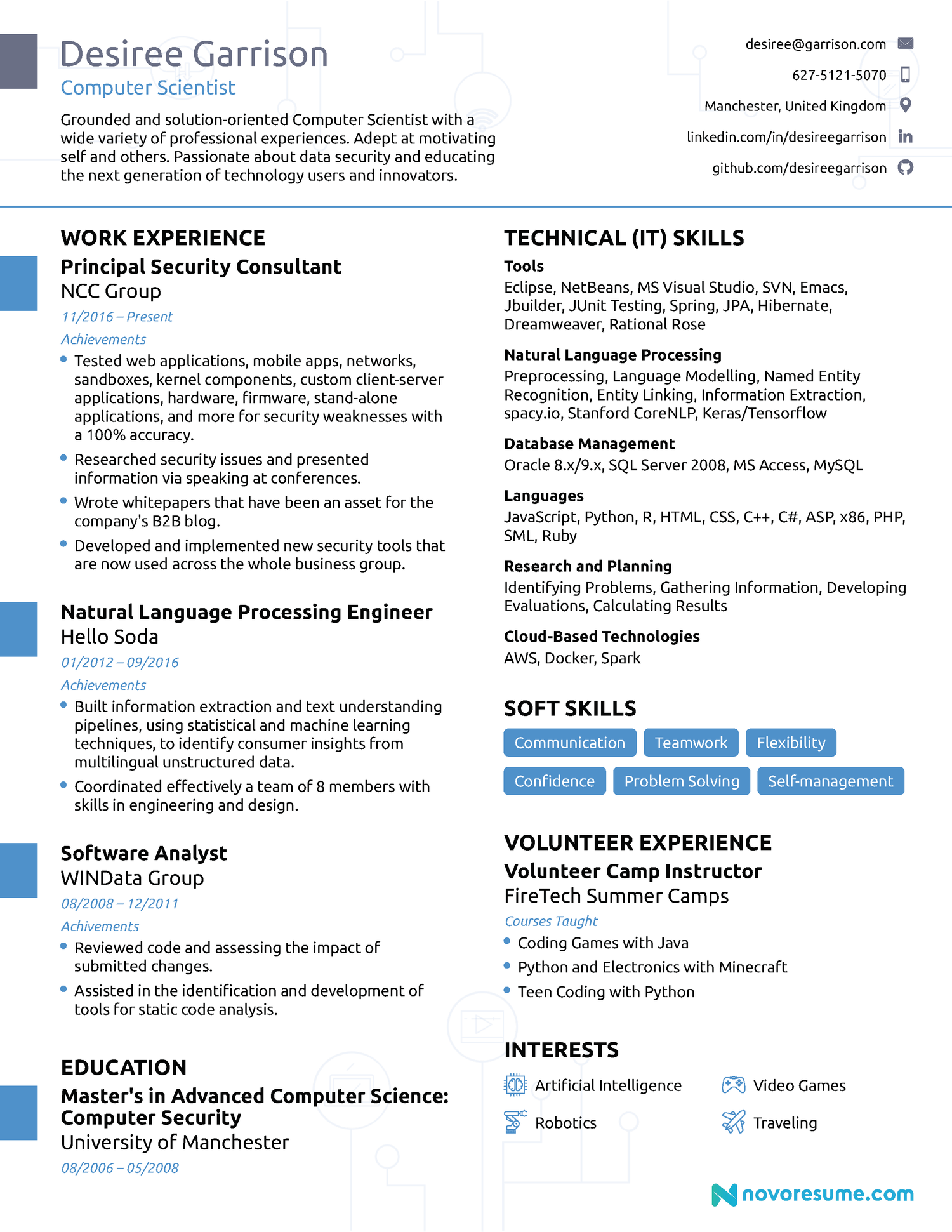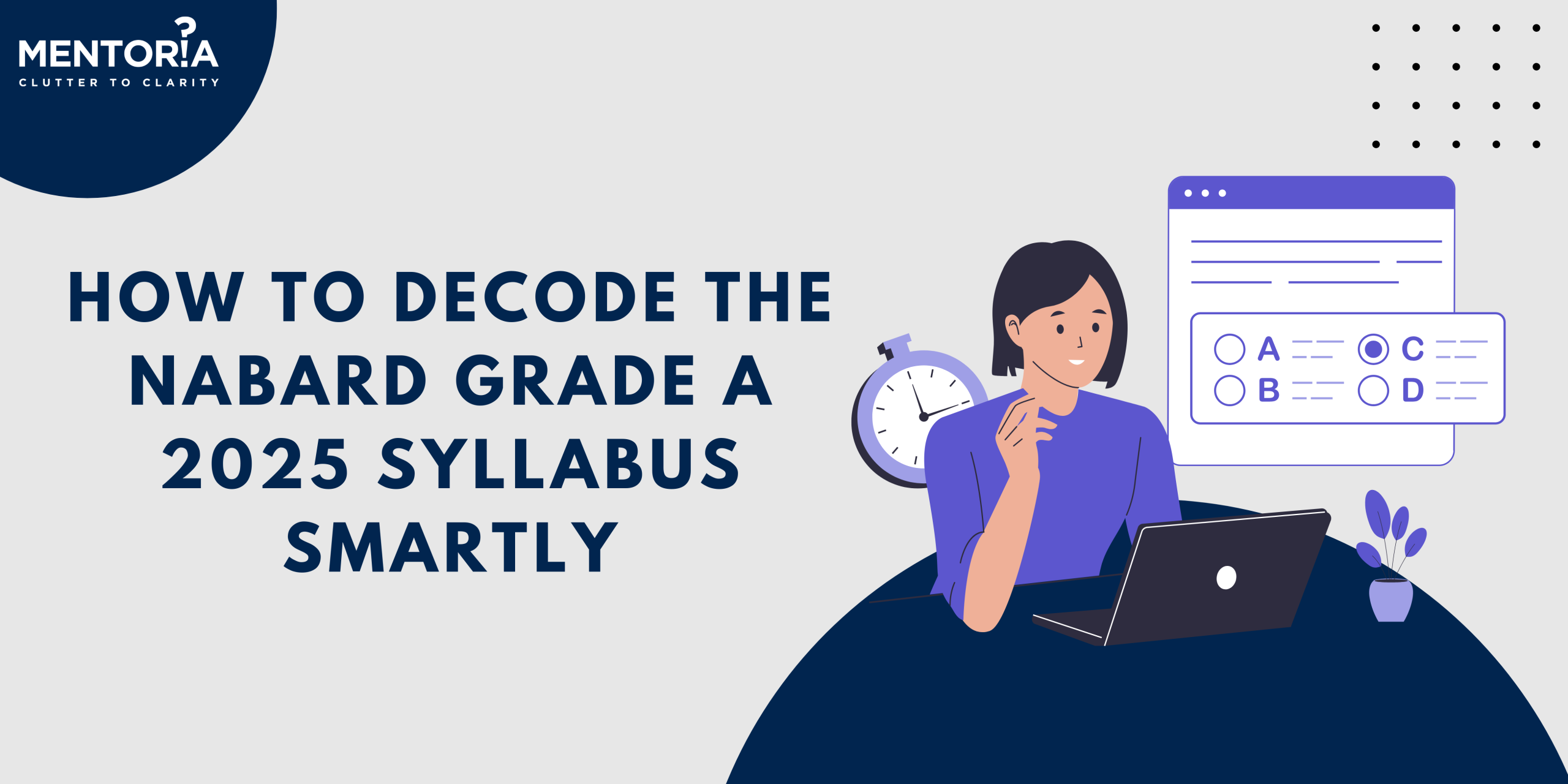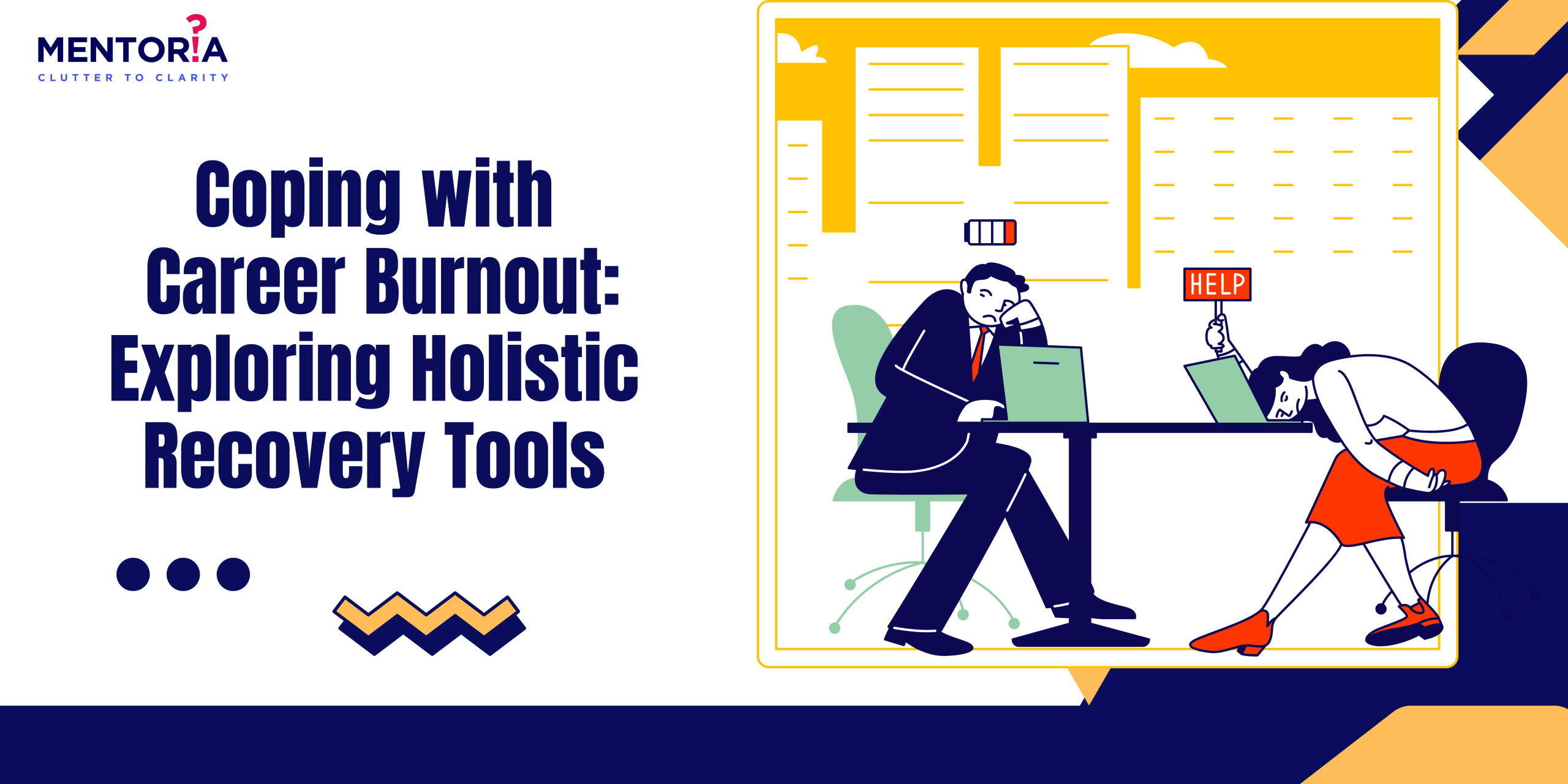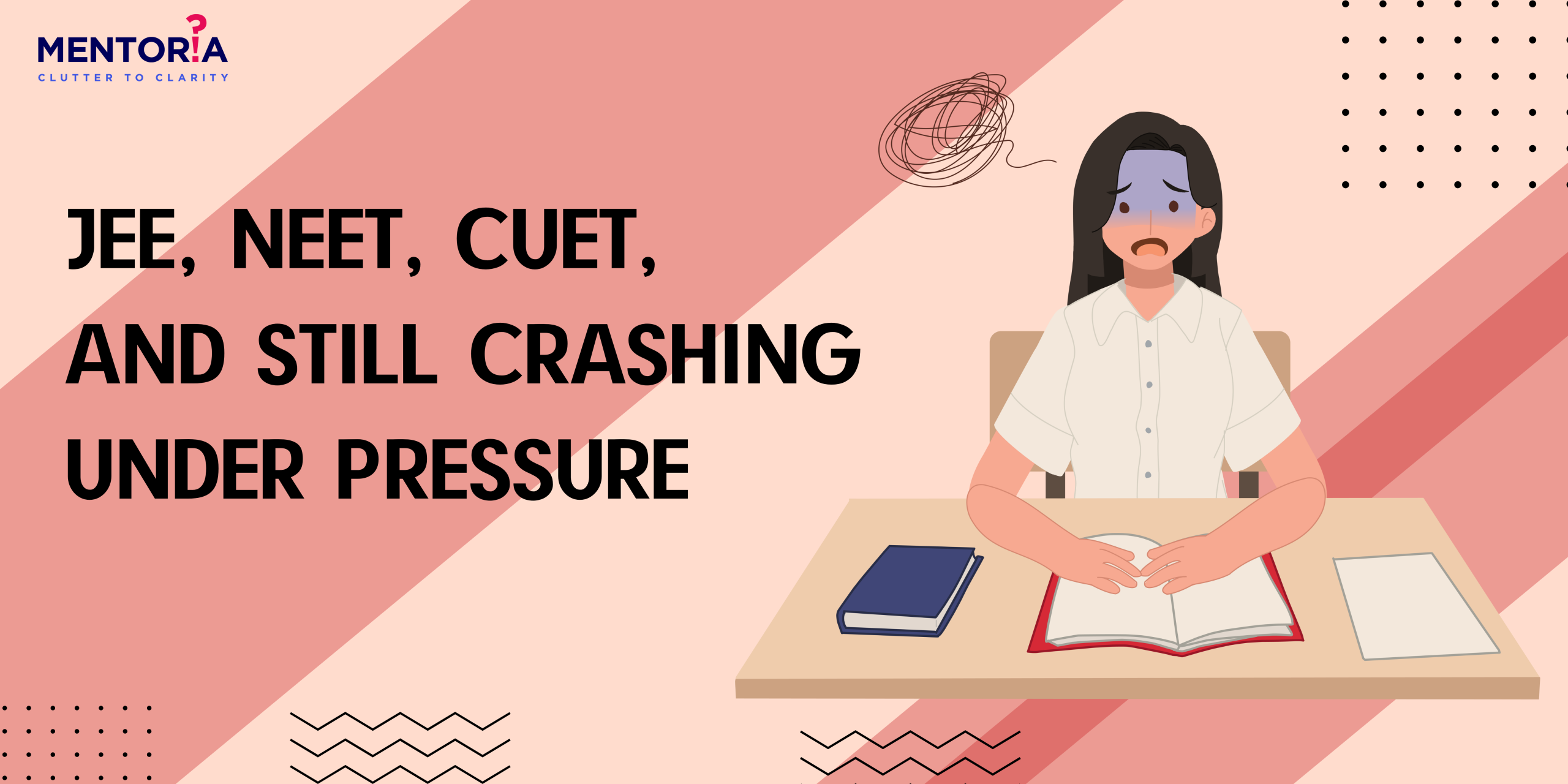Find Out Which Type of Resume You Should Go For!

Do you find it difficult to write a resume that appeals to employers? It’s not just you. Every year, thousands of people send in resumes that are unsuccessful in landing them the job they want. Are you unsure of what resumes are or which style would be best for you? No matter how much knowledge you have or what type of job you want, there’s a type of resume to fit your needs.
The most crucial weapon in your arsenal for job hunting is your resume. A strong CV can help you land a job, while a weak one may prevent you from being taken into consideration at all. It’s important to make sure the design and layout of your resume is neat and makes it easy to read. Read on to know what the different types of resumes are!
What Is A Resume?
You’ll hear the phrase “resume” a lot while looking for work. A resume, also known as a curriculum vitae or CV, is a written statement of your accomplishments, qualifications, and job history.
A resume is a must for practically every job application. Giving an employer this documentation is seen as crucial so they can decide whether you’re qualified for the position and whether they wish to invite you to an interview.
So that you may make a strong first impression when an employer scans your resume, keep it concise and to the point. If you have less than ten years of professional experience, try keeping your resume to one or two pages. Academics or senior executives may like to have resumes that are three or more pages long.
What are the Different Types of Resumes?
There are different kinds of resumes you can consider while applying for job openings. You have the option of writing a targeted, functional, combination, or chronological resume. There are several uses for each form of resume. Therefore, you must consider your relevant employment situation when choosing which resume format to use.
Chronological Resumes
A chronological resume places a lot of emphasis on your previous employment. Its defining feature is that it presents your employment history in chronological order, with your most recent position appearing at the top of the list. Most industries regard the chronological format to be the norm for resumes, making it the most popular.
A chronological resume is perfect if you have no significant gaps between employment and constant development over the course of your career. Its the best fit if you have a long history of achievements and experience in the field you’re applying to.
Functional Resumes
A functional resume is a particular kind of resume that places more emphasis on your important professional skills than your timeline of employment.
A functional resume’s extensive “Relevant Skills” section, which takes up the most of your resume and compensates for a thorough work experience section, is its distinguishing feature. In each category, bullet points are utilised to demonstrate specific examples of your achievements or other instances in which you’ve utilised your talents.
Combination resumes
The most advantageous components of both the functional and chronological resume formats are combined in a combination resume. Like a functional resume, it emphasises your talents, but it also gives you enough room to describe your employment history, usually in chronological order.
A combination resume is a fantastic option to highlight technical skills you’ve acquired over a lengthy, specialised career or transferable skills, together with detailed details of your work history.
Infographic Resumes
Infographic design components are used on these resumes in place of or in addition to text. An infographic resume makes use of style, colour, design, formatting, icons, and other visual elements in addition to text to list a candidate’s professional experience, education, and talents.
If you’re a graphic designer or you’re submitting a resume for a creative job role, an infographic resume might help your case!
Mini Resumes
A mini-resume gives a concise summary of your qualifications and key professional accomplishments. It only includes information relevant to the job you’re looking for or the field you want to work in. Your traditional resume will be acceptable in the majority of circumstances.
When you’re meeting a lot of people at trade fairs or career networking meetings and want to give them something other than simply a business card, a mini-resume can be helpful. When networking and asking for a connection to give your profile to a prospective employer or recruiter, you could also use a mini-resume.
Targeted Resumes
A targeted resume is one that has been written to specifically address the requirements of each organisation you apply to. You can format it as a functional, combined, or chronological resume. The essential distinction is that each element should be properly tailored to the position you’re seeking for.
Composing a targeted resume tends to take longer than other kinds of resumes.That is because you need to research each organisation and write your resume to meet every job description’s requirements.
If your knowledge and abilities are in line with the requirements of the position, your resume should be targeted. Since targeted resumes are more likely to get callbacks, anyone should write one if they possess the relevant experience.
Get Mentoria’s Help to Write a Resume!
With our career counselling and mentoring sessions, we at Mentoria can help you untie some knots and write an excellent resume! Our specialists evaluate you based on your interests and drive to pursue them as well as your skills and limitations. Our goal is to help you thrive in life, no matter where you are and what you choose to do.
Kick-start your career discovery journey with Mentoria & be sure to find the right career fit for you. Our four-step career guidance solution helps you find the right fit from 3 streams, 850+ courses & 12,000+ careers.









